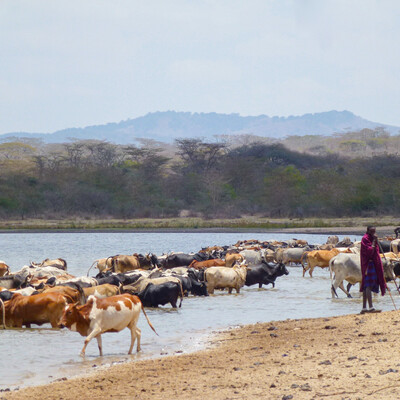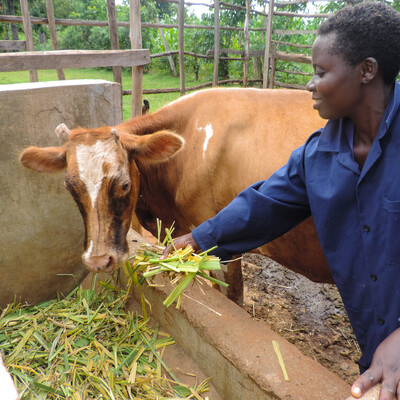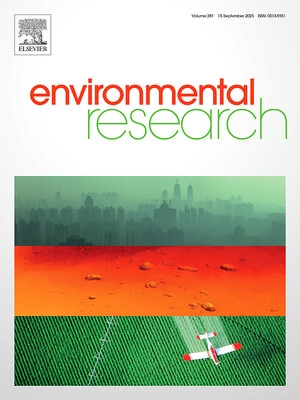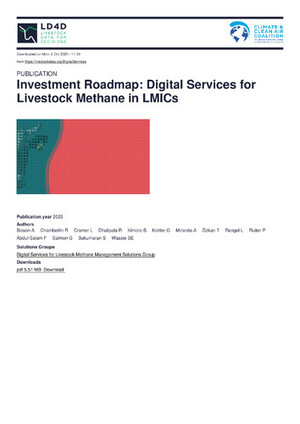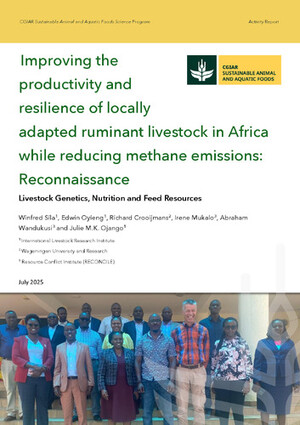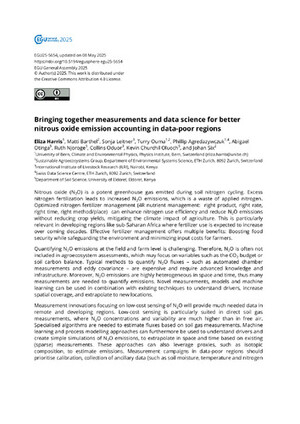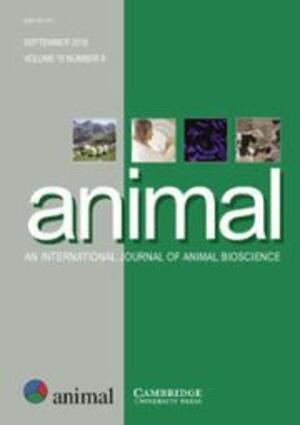
Methane emission and its mitigation
Practical strategies to reduce agricultural greenhouse gas emissions are urgently sought, particularly for enteric methane. The most successful strategies will be those, which lead to a profitable increase in animal productivity, as well as reduce enteric methane emission. Enteric methane emissions and its mitigation are directly related with hydrogen utilization, suppression and diversion towards a productive process. Researchers are trying to explore the best possible options for the eradication of enteric methane through feeding, redirecting hydrogen towards productive process, and biological control of rumen archaea.
Objective
Methods |
|
Expected outcomes
|











